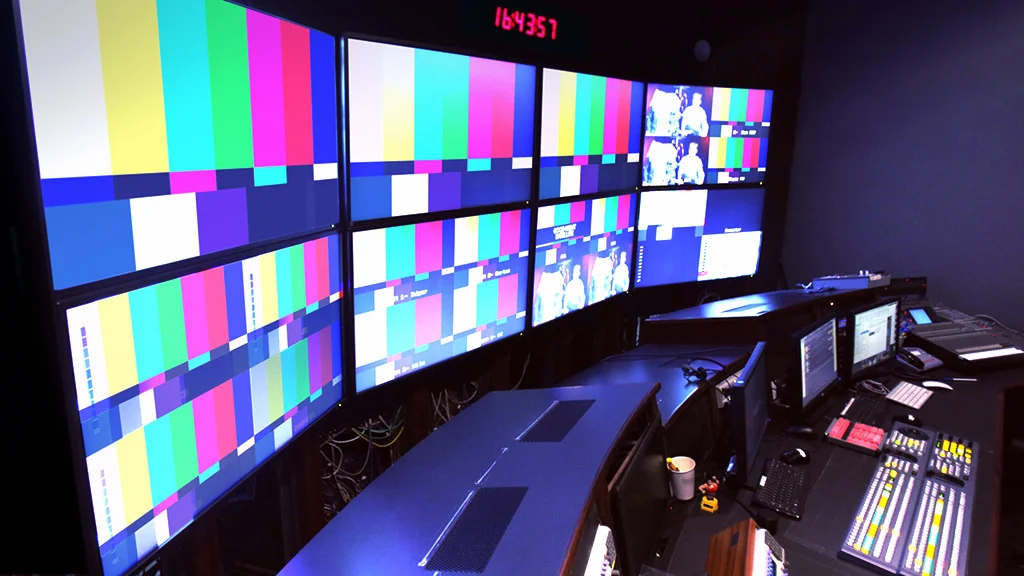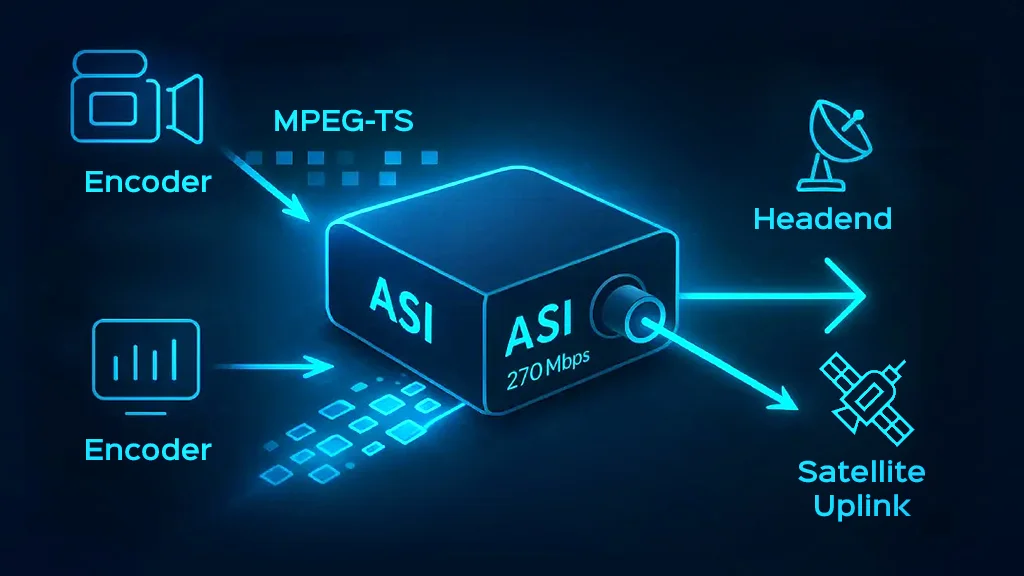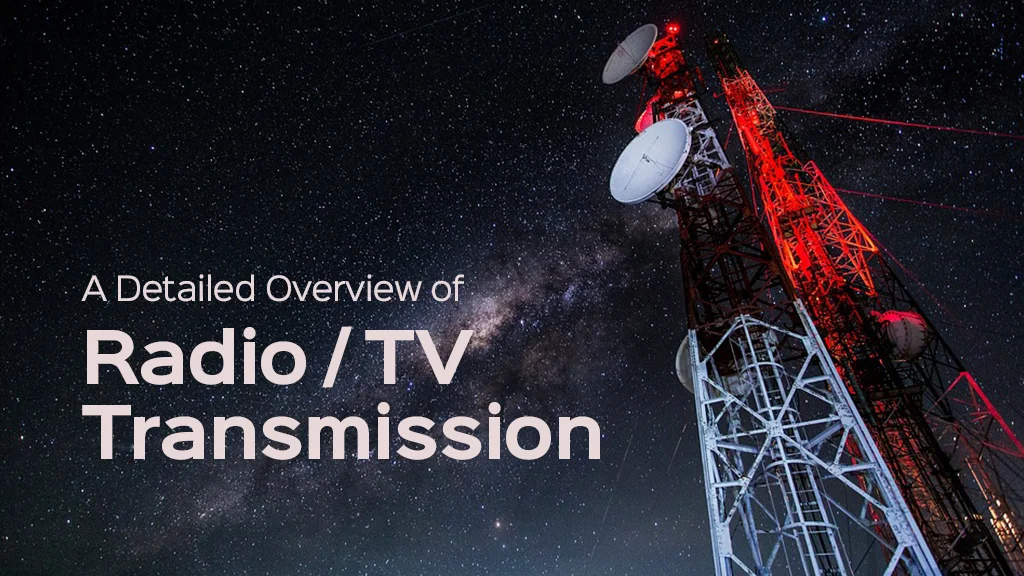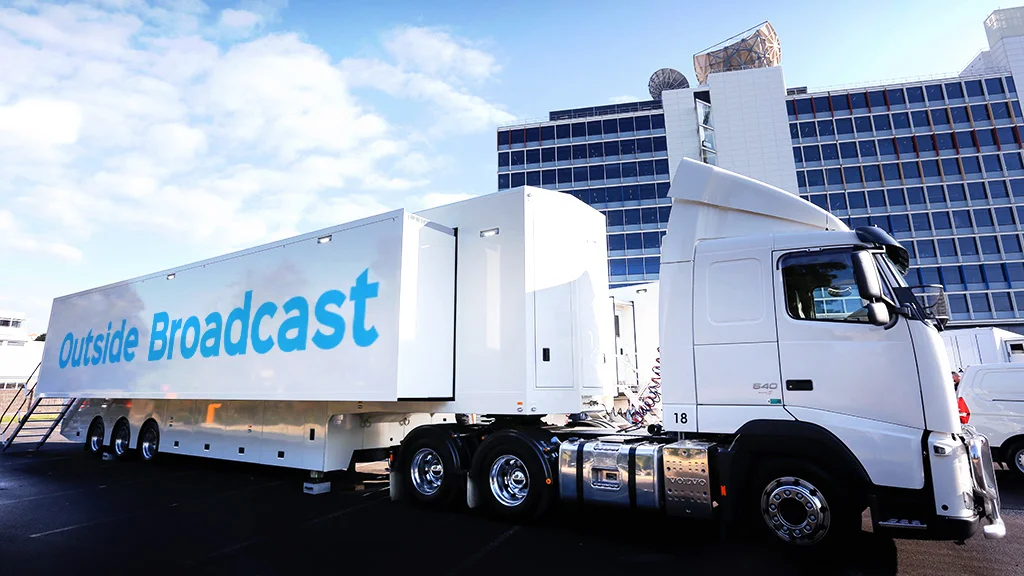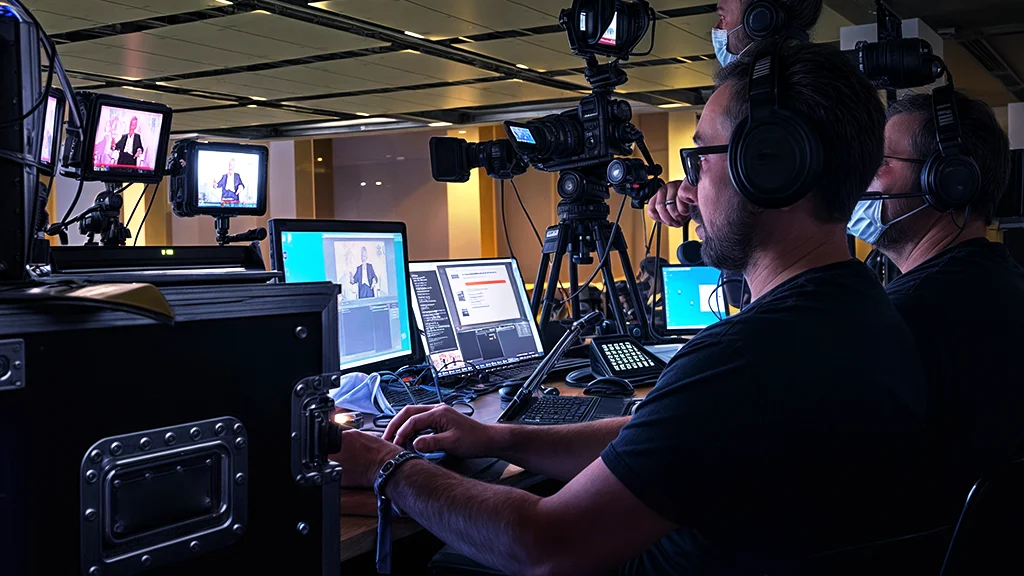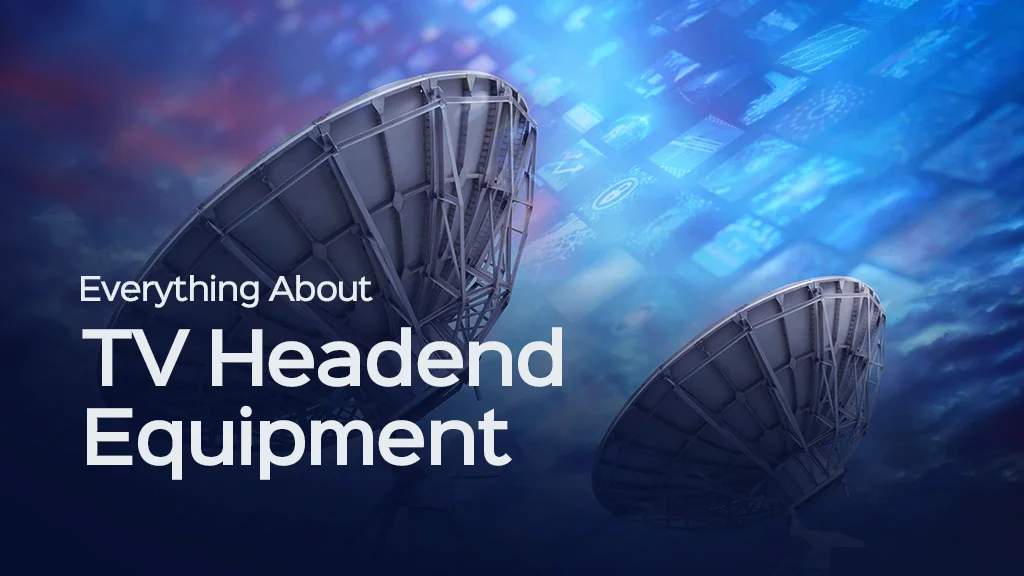
- Article
TV Headend Equipment Explained: Applications & Key Benefits
The digital headend in TV broadcasting serves as the central hub for aggregating, processing, and distributing television signals to subscribers. Its evolution from analog to digital systems has significantly enhanced broadcast quality, efficiency, and scalability. This report explores the role of headend equipment in modern broadcasting, discusses key components of digital headend systems, examines their various applications in broadcast environments, and offers guidance on selecting the appropriate equipment for specific infrastructure needs.
Role of a TV Headend in Broadcasting
The broadcast headend is the core point in a cable, terrestrial or satellite TV systems, responsible for receiving content from multiple sources—such as satellites, terrestrial antennas, internet feeds, or content providers— and distributing it via RF, cable or fiber optic networks. Its primary functions include:
- Content Acquisition: Gathering signals from satellite dishes, terrestrial antennas, or underground cables.
- Format Conversion (Encoding/Transcoding): Digitizing and compressing content into standard formats like MPEG-2, MPEG-4, or HEVC for efficient transmission.
- Content Management and Rights Control: Encrypting and applying Conditional Access Systems (CAS) to restrict unauthorized viewing.
- Multiplexing: Combining multiple channels into a single stream for transmission using a transport stream multiplexer.
- Transmission: Modulating signals for RF broadcast, IP streaming, or uplink to satellites.
- Monitoring and Control: Using management software within the broadcast control room to ensure quality, troubleshoot issues, and configure system settings.
Key Components of a Digital Headend System
To create an efficient headend system, various specialized components are integrated:
1. Signal Reception Equipment
This includes satellite dishes, terrestrial antennas, and cable input modules that capture incoming signals, as well as digital decoding devices such as DVB cards or set-top boxes for signal processing.
2. Encoding and Transcoding Modules
Devices and software that convert analog signals or diverse digital streams into standardized digital formats. Transcoding tools also adjust video resolution and formats to suit different end-user devices.
3. Mux/Demux Systems
Multiplexer: Combines multiple channels into a single transport stream for efficient delivery.
Demultiplexer: Separates the combined streams back into individual channels at the user end.
4. Conditional Access System (CAS)
Encrypts content to enforce security and popular rights management standards like Viaccess, Irdeto, and Nagravision.
5. RF Modulators and Transmitters
Convert digital streams into radio frequency signals suitable for cable, terrestrial, or satellite distribution.
6. Content Storage Solutions
Servers or cloud storage for live content, Video on Demand (VOD), or catch-up TV.
7. Management and Monitoring Software
Central software platforms to oversee system operations, perform diagnostics, automate tasks, and optimize performance.

Applications of Headend Equipment in Broadcast Environments
- Cable TV Providers: Distribute hundreds of channels to residential and commercial subscribers via the broadcast headend.
- Satellite Broadcasters: Collect and encode channels for satellite uplink using advanced headend systems.
- Terrestrial Broadcasts: Use headend systems to deliver digital TV over land-based transmission networks.
IP-based Streaming: Deliver live or on-demand content over the internet and IPTV networks to subscribers.
- Multi-platform Content Delivery: Support hybrid systems that distribute via cable, satellite, and IP networks, enabling flexible distribution.
Read also :
Choosing the Right Headend Equipment for Your Broadcast Infrastructure
When selecting equipment, consider the following:
- Evaluate the number of channels, expected traffic, and ability to scale for future growth.
Choose the transmission typebased on your coverage and infrastructure. There are options like RF, cable, fiber, or hybrid solutions
- Ensure compatibility with content formats such as SD, HD, UHD, HDR, and Dolby standards.
- Look for support of emerging standards like 4K/8K, immersive audio, and OTT integration to future-proof your setup.
- Consider balancing operational and capital costs for budget-effectiveness in broadcast headend.
- Assess equipment quality, vendor reputation, and the accountability of technical support services.
- Implement redundancy strategies including failover systems, backup power, and disaster recovery plans to ensure maximum uptime.

Samim Group’s Innovative Headend Solutions
Samim Group specializes in delivering cutting-edge broadcast headend solutions tailored for diverse distribution needs. Our innovative approach combines advanced technology, scalability, and customization to optimize content delivery across multiple platforms. Here’s a detailed view of our offerings:
1. Modular and Scalable Architecture
Samim Group’s headend systems are designed with modular components, allowing broadcasters to start with core functionalities and expand seamlessly as demand grows. Whether deploying a small regional headend or a large multicast infrastructure, our solutions adapt to the specific capacity and future expansion needs.
2. Hybrid Delivery Systems
Combining RF, satellite, and IP streaming technologies, our systems facilitate hybrid broadcast environments. This flexibility enables efficient content distribution across cable and OTT platforms, ensuring broad market reach and operational adaptability.
3. Intelligent Content Management & Security
Their digital headend solutions integrate sophisticated Content Management Systems (CMS) with advanced Conditional Access Systems (CAS), safeguarding content across all output streams. They support the latest encryption standards, digital rights management (DRM), and robust anti-piracy measures.
4. Reliable Redundancy & Disaster Recovery
Samim Group emphasizes system reliability, offering dual-redundant components, UPS support, and disaster recovery protocols. Their headend systems are equipped with automatic failover mechanisms, ensuring continuous service even in case of hardware failure or power outages.
5. Smart Network Management & Monitoring
Samim solutions enable real-time monitoring, predictive maintenance, and remote troubleshooting. Data analytics optimize system performance and facilitate proactive operational decisions.
6. Custom Solutions & Integration
Recognizing diverse client needs, Samim Group collaborates closely to develop tailored solutions. Our systems easily integrate with existing infrastructures, including legacy systems, for a smoother transition and upgrade path.
7. Future-Readiness & Innovation
Committed to innovation, Samim Group continually updates their product lineup to support next-generation standards, immersive audio formats, and full OTT integration. Their R&D focus ensures clients stay ahead in rapid technological evolution.
Introducing the TSP-1000 Transport Stream Multiplexer
Enhance your broadcasting capabilities with Samim’s TSP-1000 transport stream multiplexer , a compact yet powerful 1RU device engineered for advanced digital TV and radio management. As an all-in-one solution, it functions as an integrated receiver, transport stream multiplexer, descrambler, and IP streamer—bringing unparalleled efficiency and flexibility to headend systems, backhaul, and distribution systems.
This transport stream multiplexer supports real-time multiplexing, re-multiplexing, and PSI/SI processing across DVB-S, DVB-T, IP, and ASI interfaces. Its intuitive web interface and SNMP control simplify configuration, monitoring, and stream analysis, making it ideal for satellite, terrestrial, cable, and IPTV applications.
Designed for reliability and scalability, the TSP-1000 manages multiple input/output streams—up to 8 ASI interfaces—and offers extensive features such as automatic updating of TS tables, data injection, and real-time stream analysis. Its high-efficiency architecture ensures optimal performance while maintaining a cost-effective profile.
Whether handling a single stream or multiple services, the TSP-1000 provides broadcasters with a resilient, high-quality solution, embodying Samim Group’s commitment to innovative, future-proof broadcast technology.



